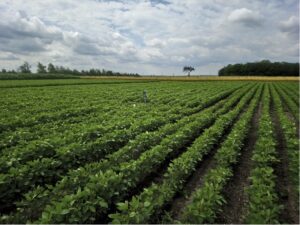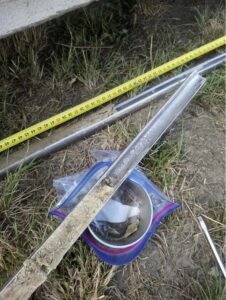Investigating agricultural water use to make the best out of every drop
Author: Gunther Carl Liebhard, ECR at BOKU
Water is precious. This basic conception is so natural that there are no further words needed to describe the necessity to use it carefully and to protect it as basis of life. It also led me to my current research.

In my thoughts to study something meaningful, I found the program “environmental engineering and water resource management”, which provides a broad technical education in the context of soil, water and environment. After my graduation, I worked at an engineering office to provide infrastructure for water supply and wastewater disposal. After five years I got the chance to go back to University and to work for the EU project “SHui”, that focuses on innovative ways to manage water scarcity in agriculture. I liked the idea to get some more time for thinking, learning, and academic exchange. But also the change of perspective had something worth striving for. In geotechnical engineering, a good soil is solidifiable and stable. In soil sciences, however, a good soil is a habitat and resource for water supply and plant production worth protecting.

The Institute for Soil Physics and Rural Water Management (SoPhy) at the University of Natural Resources and Life Sciences, Vienna (BOKU) provides everything that is required to develop innovative ways to optimize water use. In my research I can use the institute’s equipment and knowledge in the field of stable isotope tracing, soil physics, soil water status monitoring, and micrometeorology to evaluate water use in different management systems. This allows to understand mechanisms that support productive water use and which reduce unproductive water loss. In our field campaigns 2019 and 2020 at different experimental fields in the “Marchfeld” in Lower Austria, we investigated patterns of productive and unproductive water use at different settings. This included variation of water availability caused by irrigation and tillage management.

The new stable isotope based perspectives in plant production will hopefully contribute to a sustainable use of the natural water and soil resources. All measured data are being exploited for publications (https://www.shui-eu.org) and are shared on the SHui open research database (Fig. 4, https://shui.boku.ac.at/shui/public/start).
In this way, the data gain additional value for further investigations to optimize water use and to protect the precious resource.


0 comments